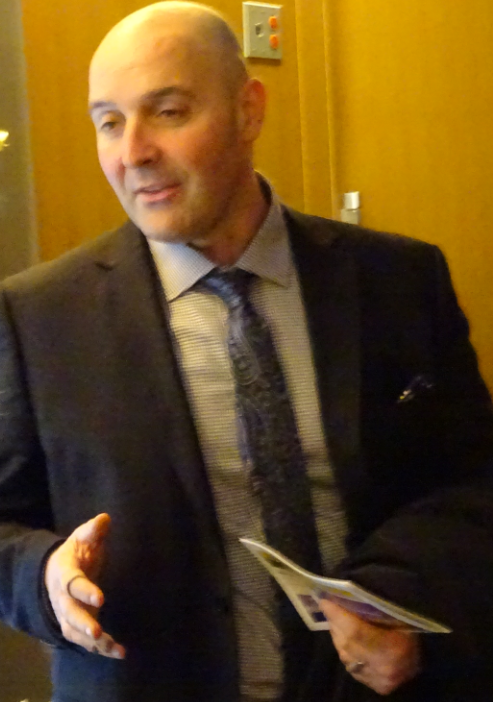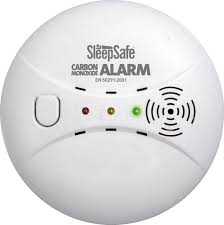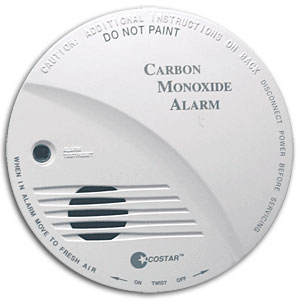 By Pepper Parr
By Pepper Parr
December 23, 2014
BURLINGTON, ON.
Tony Bavota, Burlington’s Fire Chief would like you to buy a gift for your house.
Nothing sexy about what he wants you to buy and no, it isn’t a calendar of a dozen of the hunks that put in fire helmets.
Something pretty simple, that you are now required to have in your home and it could well you’re your life.

Tony Bavota, a serious minded fire chief – with a sense of humour.
Tony Bavota wants to you buy and install a Carbon Monoxide alarm; they are now required by law in most Ontario homes.
The regulations mean any home with a fireplace, gas stove, water heater or furnace that burns fuels, such as gas, must have a CO alarm. The new law also applies to homes with an attached garage.
“We’re experiencing an influx of calls from residents asking about the new law,” said Chief Fire Prevention Officer Joe Wintar. “If the house contains a fuel-burning appliance, fireplace or an attached garage, a CO alarm is required to be installed near each sleeping area, including any basement or main level bedrooms.”
For added protection, CO alarm(s) can be installed in other areas of the home near a possible CO source. Always check the product’s instruction manual for details and installation requirements.
Known as the silent killer, CO is a tasteless, colourless and odourless gas that is responsible for the deaths of about 50 Canadians, including 11 Ontarians on average, every year.
The department recently released a valuable and funny video (They weren’t kidding – this is a funny video – didn’t think the fire department had this kind of funny in them) about the importance of testing both smoke and CO alarms called Test Yours Today that can be viewed on its YouTube channel.

A number of different brands – check to see that the one you by is CSA approved.
Proper placement of a CO alarm is important. In general, the human body is most vulnerable to the effects of CO during sleeping hours, so an alarm should be located near all sleeping areas of the home.
CO alarm(s) should be located near every sleeping area, where it can wake you if you are asleep. Where sleeping areas are located in separate parts of the home, an alarm should be provided for each area.
For added protection, additional CO alarms can be placed on each level of a residence and in or near rooms where CO sources are located (such as in a room that contains a solid fuel-fired appliance, gas clothes dryer or natural gas furnace, or adjacent to an attached garage).

Once you’ve made the purchase – make sure you install it correctly.
Unlike smoke, which rises to the ceiling, CO mixes with air. Recognizing this, a CO alarm can be located at knee-height (which is about the same a prone sleeping height). To work properly, a CO alarm should not be blocked by furniture, draperies or other obstructions to normal air flow.
If a combination smoke/carbon monoxide alarm is used, it should be located on the ceiling, to ensure that it will detect smoke effectively.















